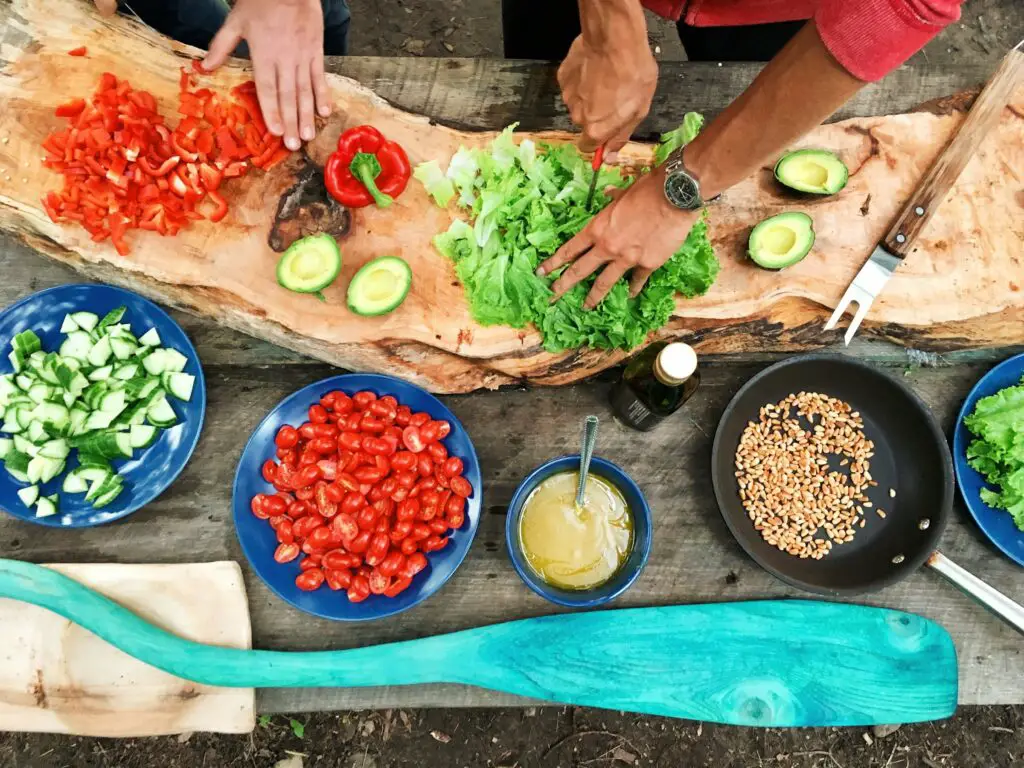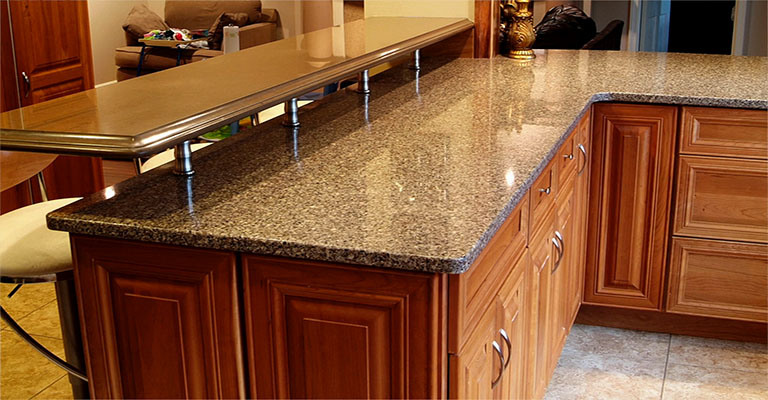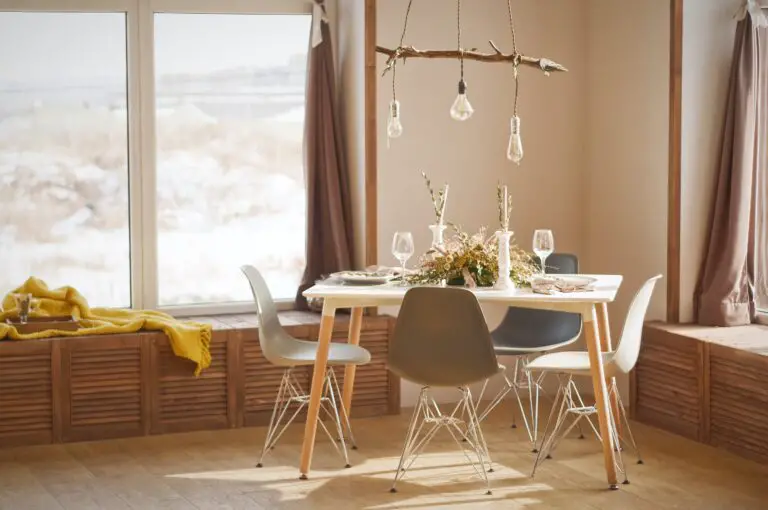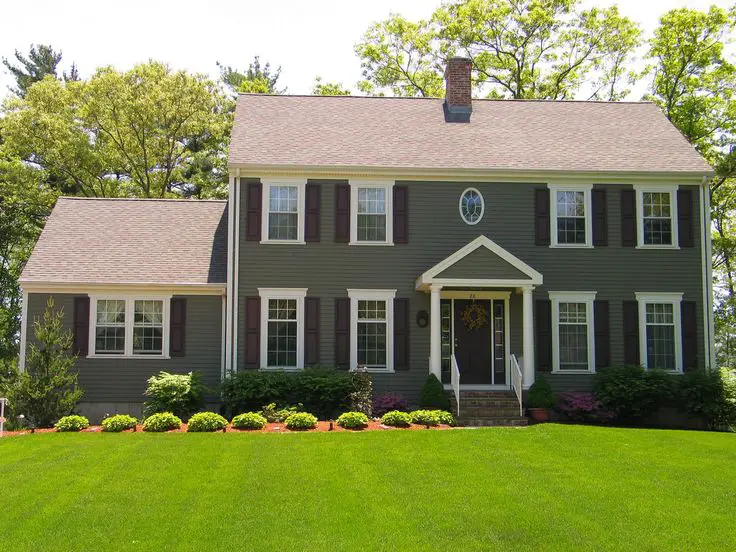Designing the Perfect Outdoor Kitchen Area: A Comprehensive Guide

Creating an outdoor kitchen area that perfectly blends functionality with aesthetic appeal is a project that can transform your outdoor living space into a versatile and enjoyable extension of your home. This comprehensive guide aims to navigate you through the essential steps and considerations for designing an outdoor kitchen that not only meets your culinary needs but also enhances the beauty and usability of your outdoor area. From selecting the right materials and appliances to incorporating sustainable practices and innovative landscaping, this guide covers everything you need to know to create your dream outdoor kitchen.
Understanding Your Space and Needs
The first step in designing your outdoor kitchen is to assess the space you have available and understand how you intend to use it. Consider factors such as the size of your yard, the climate in your area, and the types of activities you envision for your outdoor space. Whether you’re planning to host large gatherings or looking for a cozy spot to cook and enjoy meals with your family, defining your needs early on will help guide your design choices.
Choosing Materials and Appliances
Selecting the right materials for your outdoor kitchen is crucial for ensuring longevity and ease of maintenance. Opt for durable, weather-resistant materials such as stainless steel for appliances, natural stone or concrete countertops, and bricks or stone for flooring. When it comes to appliances, consider including a high-quality grill, a refrigerator, and possibly even a pizza oven or smoker, depending on your cooking preferences.
Incorporating sustainable practices into your outdoor kitchen design can significantly enhance its efficiency and environmental friendliness. For example, integrating solar panel cleaning systems can ensure that any solar-powered appliances or lighting in your outdoor kitchen area remains efficient and effective. This not only reduces your carbon footprint but also cuts down on energy costs in the long run.
Maximizing Functionality
To truly need an outdoor kitchen, it must be designed with functionality in mind. This means creating a layout that allows for easy movement between different areas of the kitchen, such as the cooking, prep, and dining spaces. Consider adding features like built-in storage for cooking utensils and ingredients, as well as ample countertop space for food preparation. Additionally, incorporating a sink and garbage disposal system can make clean-up more convenient and help keep your outdoor kitchen tidy.
Landscaping and Aesthetics
The aesthetic appeal of your outdoor kitchen is just as important as its functionality. Using artificial grass for landscaping around your kitchen area can add a touch of greenery that requires minimal maintenance, ensuring your outdoor space looks vibrant year-round. Complement this with strategic plantings of herbs and vegetables that you can use in your cooking, and you’ll have a beautiful and practical garden that enhances your outdoor kitchen’s appeal.
Lighting and Ambiance
Proper lighting is essential for creating the right ambiance in your outdoor kitchen, especially if you plan to use it in the evenings. Consider installing a combination of task lighting for cooking areas and softer, ambient lighting for dining and lounging areas. LED lights are a great energy-efficient option, and solar-powered lights can further reduce your environmental impact.
Comfort and Protection
To ensure your outdoor kitchen is comfortable to use in all weather conditions, think about incorporating protective elements such as a pergola or awning. These can provide shade on sunny days and shelter from rain, making your outdoor kitchen more versatile. Additionally, adding heaters or a fire pit can extend the usability of your outdoor space into the cooler months.
Final Touches
Personalizing your outdoor kitchen with decorative touches and accessories can make it feel more welcoming and reflective of your style. Choose outdoor furniture that complements the design of your kitchen, and add cushions and throws for comfort. Decorative items like lanterns, candles, or a water feature can also add to the ambiance and make your outdoor kitchen a delightful space to spend time in.
To sum up, designing the perfect outdoor kitchen area requires careful planning and consideration of various factors, from functionality and sustainability to aesthetics and comfort. By following this comprehensive guide, you can ensure that your outdoor kitchen not only meets your culinary needs but also becomes a cherished part of your home where memories are made for years to come. Whether you’re an avid cook, a lover of outdoor entertaining, or simply seeking to enhance your home’s outdoor space, an outdoor kitchen can offer a versatile and rewarding addition to your lifestyle.






